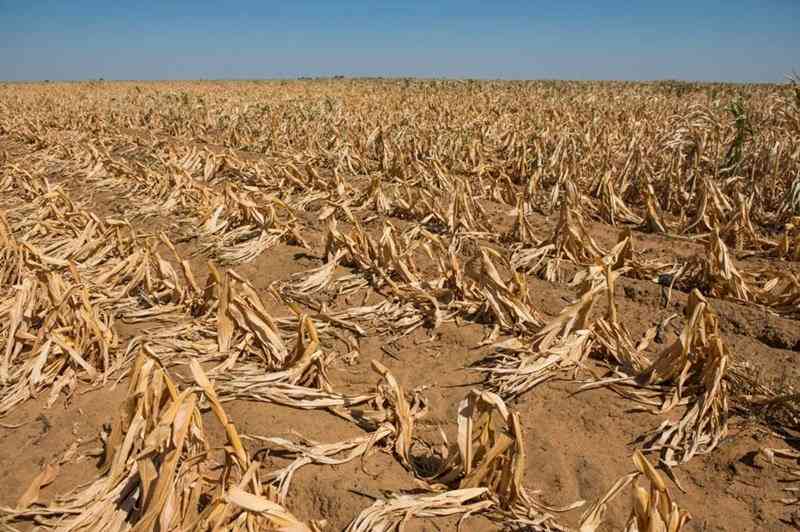According to the latest report from the Famine Early Warning Systems Network (FEWSNET) of the United States Agency for International Development (USAID), Zimbabwe is grappling with a significant loss of cattle due to drought-related conditions. Approximately 9,000 cattle have succumbed to these harsh conditions, while over 1.4 million more are at high risk due to the scarcity of pasture and water.
FEWSNET has issued a stark warning, indicating that the limited availability of pasture during the dry season is expected to lead to a surge in livestock deaths. The agency underscores the severity of the situation, emphasizing that the current conditions pose a grave threat to the country’s livestock population.
In addition to the devastating impact on livestock, FEWSNET predicts a rise in human-wildlife conflicts in areas bordering parks and forests. As wild animals venture into communities in search of water and food, tensions are likely to escalate.
ALSO READ: President Acknowledges Private Sector’s Contribution to Economic Growth
The agency advocates for urgent action, stressing the need for comprehensive national assessments of crop conditions, livestock health, and the overall livelihood impacts of prolonged dry spells. These assessments are deemed critical for accurately gauging the extent of the damage and identifying areas requiring immediate intervention. Moreover, they will serve as a crucial basis for targeted relief efforts, policy development, and program implementation aimed at bolstering agricultural resilience.
The broader context of these challenges lies in the region’s vulnerability to extreme weather patterns exacerbated by climate change and El Niño phenomena. El Niño, characterized by periodic warming of sea surface temperatures in the central and eastern tropical Pacific Ocean, typically brings drier and warmer conditions to Southern Africa.

For comments, Feedback and Opinions do get in touch with our editor on WhatsApp: +44 7949 297606.










































